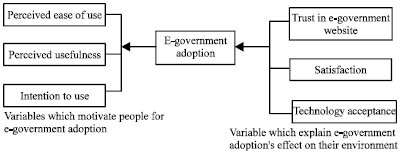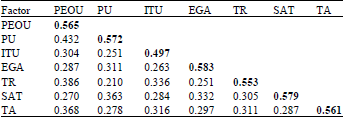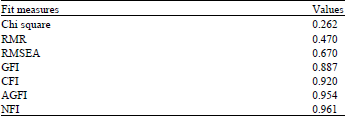Research Article
Technology Acceptance Perspectives on User Satisfaction and Trust of E-Government Adoption
Liaoning Technical University 188 South Longwan Avenue, Huludao-125105, China
Subarna Shakya
Institute of Engineering, Tribhuvan University, Pulchowk, Nepal
Purushottam Kharel
Department of Electrical and Electronics Engineering, School of Engineering, Kathmandu University, Dhulikhel, Kavre, Nepal















